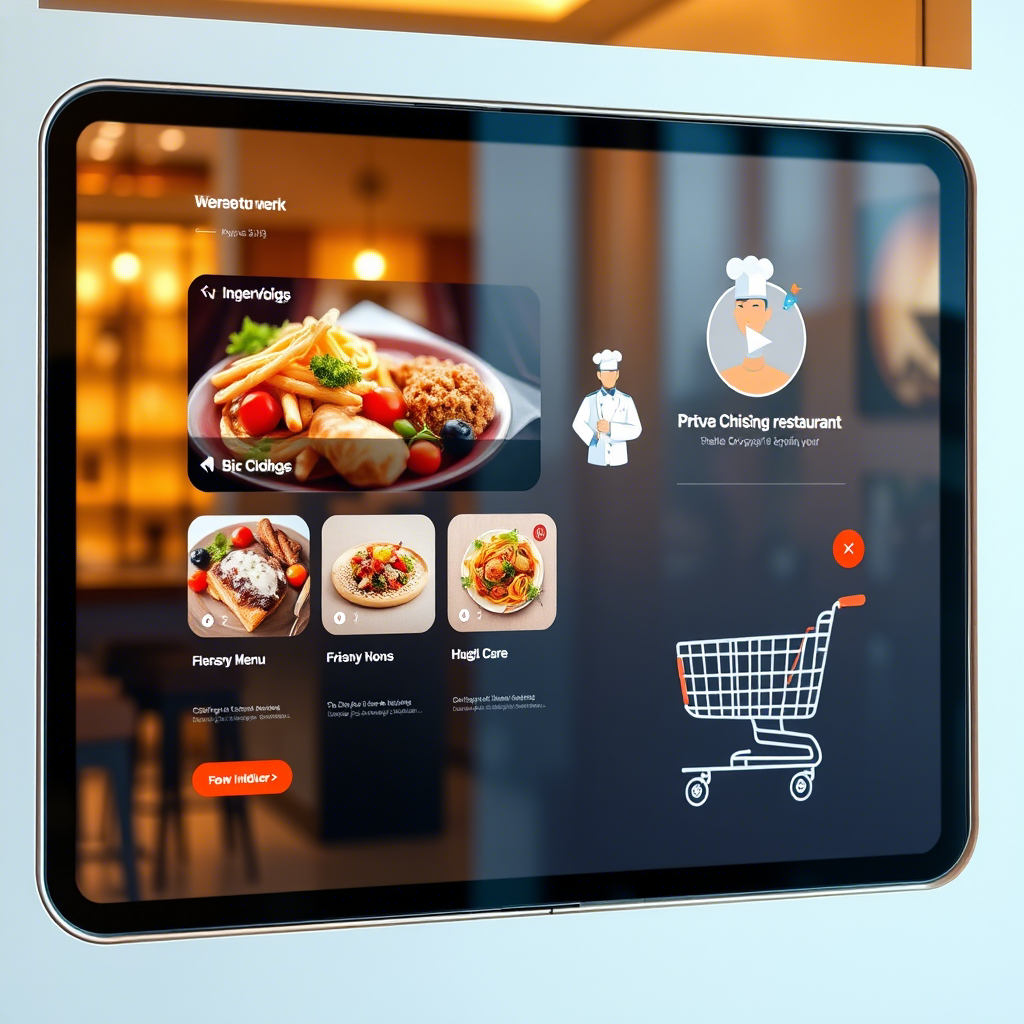Ordering food online has become a daily habit for many of us…
Whether it’s a lazy Sunday afternoon or a busy workday with no time to cook, a few taps on an app bring food straight to our door.
But behind that convenience is a well-thought-out system—a mix of technology, logistics, and smart business decisions.
Starting your own food delivery app comes with both opportunities and challenges. Understanding the process, from market research to logistics, can help you build a successful platform.
Why Food Delivery Business?
The way we eat has changed…
Due to hectic schedule more people are choosing to order in rather than dine out, and the demand for quick, easy, and reliable food delivery is only growing.
Platforms like Zomato and Swiggy leading the food delivery industry, the real question is, where do new opportunities lie?
The truth is, there’s always room for innovation and better solutions..
People are always looking for better service, unique food options, or niche offerings, think healthy meals, homemade food, or even late-night delivery for those midnight cravings…
So before jumping in, ask yourself:
- What kind of food delivery experience do I want to create?
- Will my app cater to a specific type of customer, like students, office workers, or fitness enthusiasts?
- How will I stand out from existing apps?
What Makes a Food Delivery App Work?
A successful food delivery app relies on three essential components working together.
1. Customers – The ones ordering food
2. Restaurants – The ones preparing the food
3. Delivery Partners – The ones bringing the food to the customer
Each group has different needs, and your app has to serve them all efficiently…
A smooth experience for customers means easy ordering and real-time tracking…
For restaurants, it means order management tools and payment tracking. And for delivery partners, it means route optimization and fair earnings.
You’re not just creating an app, you’re designing a complete ecosystem where customers, restaurants, and delivery partners connect seamlessly…
How to Get Started: Step by Step
1. Understand Your Market
Before you invest a single rupee, research your audience…
What do people complain about when using food delivery apps?
Long wait times? High delivery charges? Limited options?
Find a problem you can solve…
2. Choose a Business Model
Are you just connecting customers and restaurants, or will you also handle deliveries?
Will you charge restaurants a commission or offer a subscription-based service?
There’s no one-size-fits-all approach, but your business model determines your success.
3. Build Your App (Or Find Someone Who Can)
You don’t have to be a tech genius, but you do need a reliable app. You can either:
- Hire a developer to build a custom app
- Use pre-built software solutions (faster but less flexible)
Whichever route you take, focus on user experience.
If your app is slow, buggy, or confusing, customers won’t come back… I am saying it from own experience…
4. Partner with Restaurants
A food delivery app without food is… well, just an app.
Start reaching out to local restaurants, explaining how your platform benefits them.
Many small restaurants want to be on a delivery app but avoid bigger platforms due to high commission rates.
Maybe you can offer them something better?
5. Figure Out Deliveries
Will you hire your own delivery fleet or work with freelance riders?
Some apps use third-party services for deliveries.
The right choice depends on your budget and business model.
6. Launch & Market
Your app is live.
Now what?
Just having an app won’t bring customers, right marketing will.
- Use social media to create buzz…
- Offer referral discounts for early users…
- Partner with influencers or food bloggers to promote your app…
You don’t need a huge budget, but you do need creativity.
Common Challenges in Food Delivery Apps & How to Make Them Work
No business is without hurdles, and food delivery is no exception.
Here are a few challenges you should be prepared for:
a. High Competition – With so many existing apps, how do you convince people to try yours?
A unique selling point (USP) is very important
b. Logistics & Delivery Management – Delays and cold food can ruin a customer’s experience.
Smart routing, good tracking systems, and well-paid delivery partners help avoid all this.
c. Restaurant Partnerships – Not all restaurants will be eager to join initially.
Offer lower commissions or exclusive promotions to attract them.
d. Customer Expectations – Customers expect quick and timely food delivery.
Managing expectations with real-time tracking and honest communication is key.
Is It Worth It?
Starting a food delivery app isn’t easy…
It takes effort, money, and patience. But if you get it right, it can be incredibly rewarding, not just financially, but also in terms of impact.
So, do you have an idea for a food delivery app that could stand out?
Would you focus on a niche audience, like vegan food or homemade meals?
Or would you try to improve delivery speed in smaller cities?
If you’ve been thinking about it, maybe it’s time to take the first step. Who knows?
The next big food delivery app could be yours.
Managing a food delivery platform isn’t just about taking orders—it’s about making the entire process seamless for customers, restaurants, and delivery partners…
Delayed deliveries, payment issues, and poor user experience can quickly turn people away.
Vadavision helps solve these challenges by creating smooth order management, real-time tracking, and secure payment systems. With the right setup, everything runs efficiently, keeping customers happy and operations hassle-free.

Leave a Reply